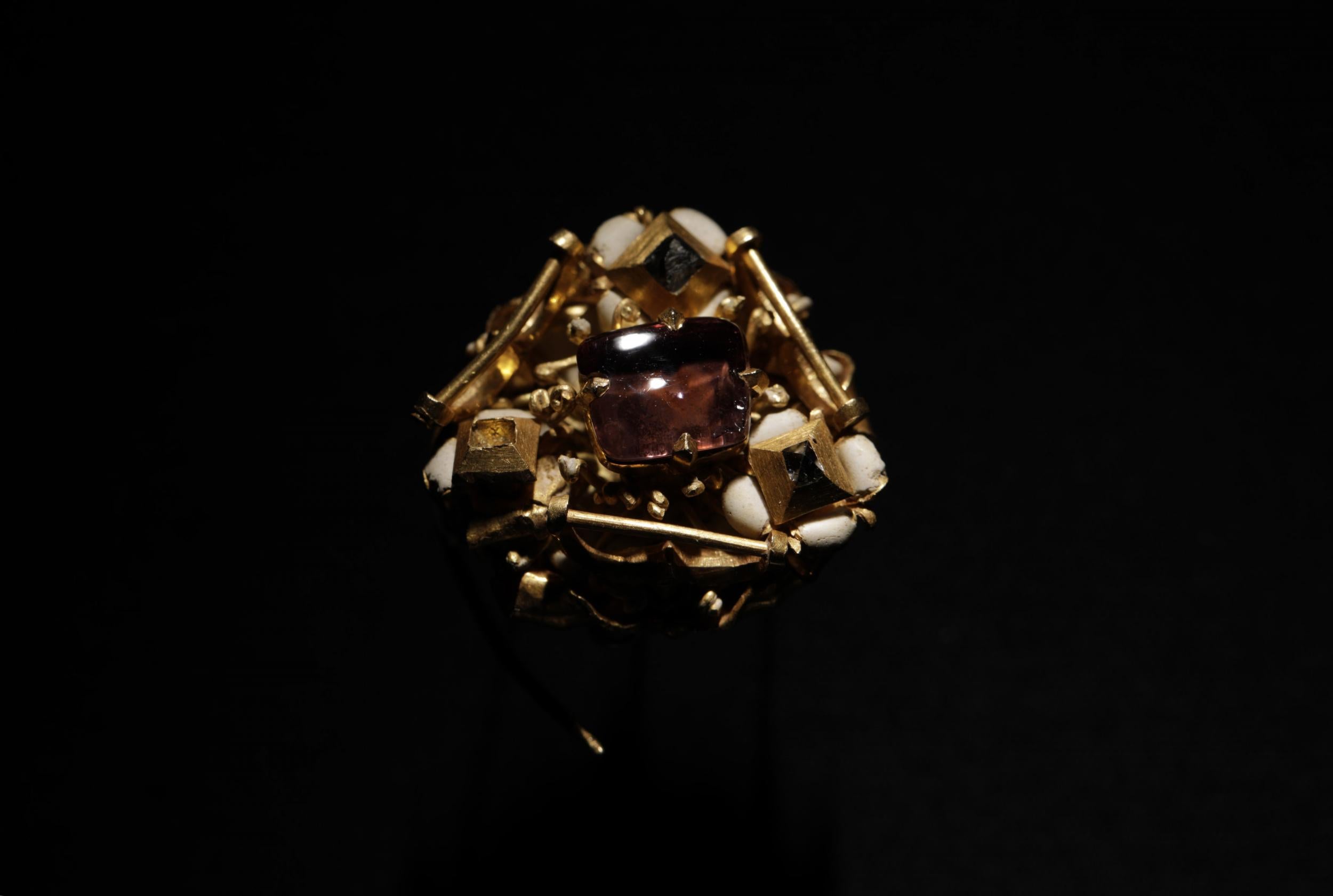V&A acquires ‘priceless’ medieval brooch discovered on Northamptonshire farm
The brooch is thought to be only one of seven in the world

Your support helps us to tell the story
From reproductive rights to climate change to Big Tech, The Independent is on the ground when the story is developing. Whether it's investigating the financials of Elon Musk's pro-Trump PAC or producing our latest documentary, 'The A Word', which shines a light on the American women fighting for reproductive rights, we know how important it is to parse out the facts from the messaging.
At such a critical moment in US history, we need reporters on the ground. Your donation allows us to keep sending journalists to speak to both sides of the story.
The Independent is trusted by Americans across the entire political spectrum. And unlike many other quality news outlets, we choose not to lock Americans out of our reporting and analysis with paywalls. We believe quality journalism should be available to everyone, paid for by those who can afford it.
Your support makes all the difference.A “priceless” brooch found on farmland in Northamptonshire has been bought by the Victoria & Albert Museum and is on display from today.
The rare diamond and gold breastpin – which dates back to the Middle Ages – was unearthed by a metal detectorist at an old hunting ground in Brigstock in 2017.
The V&A has acquired the brooch – thought to be one of only seven in the world – to sit alongside Queen Victoria’s coronet and pop star Beyoncé’s Papillon ring in The William and Judith Bollinger Gallery.
It is only the second acquisition the museum has ever made through the 1996 National Treasure Act. The law states that finders of objects which constitute treasure are obliged to report their find to the local coroner within 14 days.
If the coroner declares the object treasure then the finder must offer the item for sale to a museum at a price set by an independent board of antiquities experts known as the Treasure Valuation Committee.
Experts believe that the flower-shaped accessory could have been used as a symbol of wealth and may have been torn from its owner during a hunt.
Justin Owens, who found the brooch during an organised dig with his wife, said he only had to search about four inches into the ground to unearth the jewelled cluster.
“Finding the brooch was a complete surprise – I couldn’t believe it,” said Mr Owens, who has been a hobby detectorist for around four years.
“At best I’d hope to come across a Roman or medieval hammered coin on a dig, but to find something so rare and valuable as this was a total shock.
Mr Owens said he didn’t think the brooch had much value when he first found it.
“When I first found it, it was absolutely caked in mud. I didn’t have high hopes, thinking it might be an old bottle top or something,” Mr Owens explained.
“But what a discovery! Now I’ve seen it cleaned up by the V&A’s conservators, I can’t believe how exquisite it really is.
“The gold work is incredible and the jewels are stunning. It’s amazing to think who might have worn this and how it ended up buried underground, undisturbed for so many years.
“I’m excited it’s now in the V&A’s collection and on display in its jewellery gallery for everyone to enjoy. I’m looking forward to visiting myself very soon.”
The discovery of the brooch has remained a secret until the V&A this week announced that it would be putting it on display. It is also set to feature in the final episode of BBC Two’s Secrets of The Museum documentary series which airs tonight (Thursday) at 8pm.
The V&A would not be drawn on the monetary value of the brooch, describing it only as “priceless”.
Join our commenting forum
Join thought-provoking conversations, follow other Independent readers and see their replies
Comments